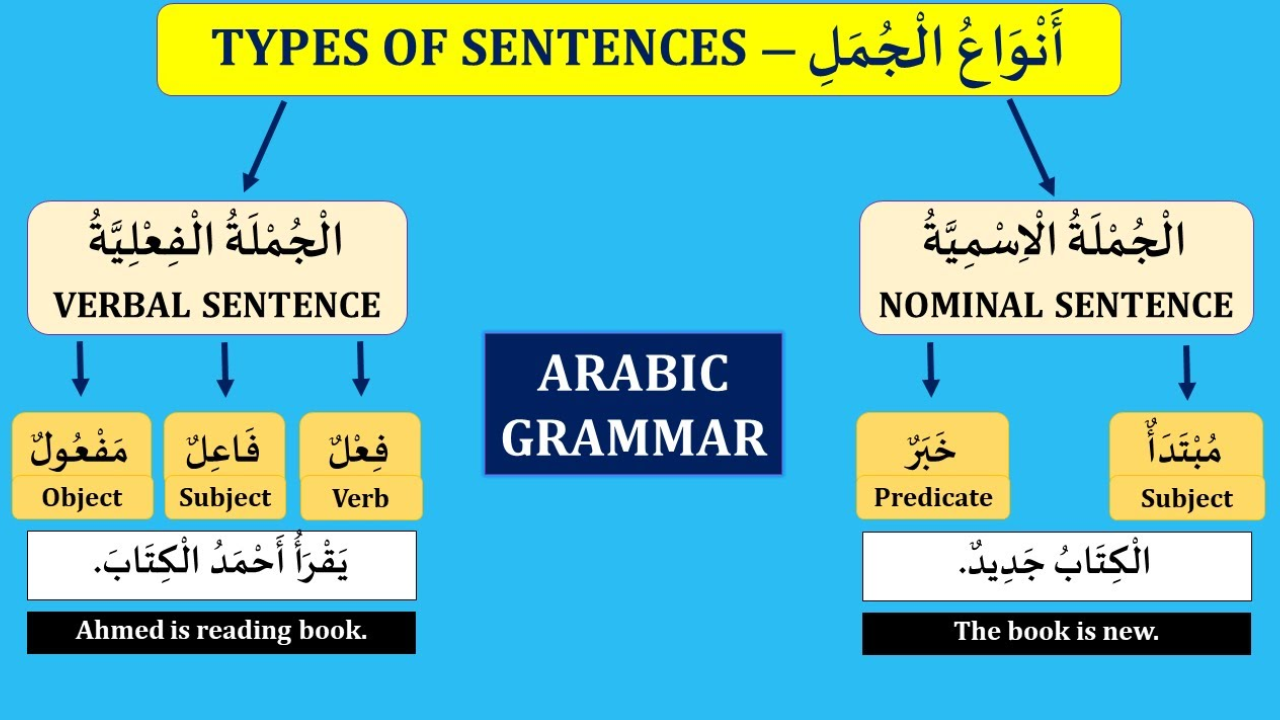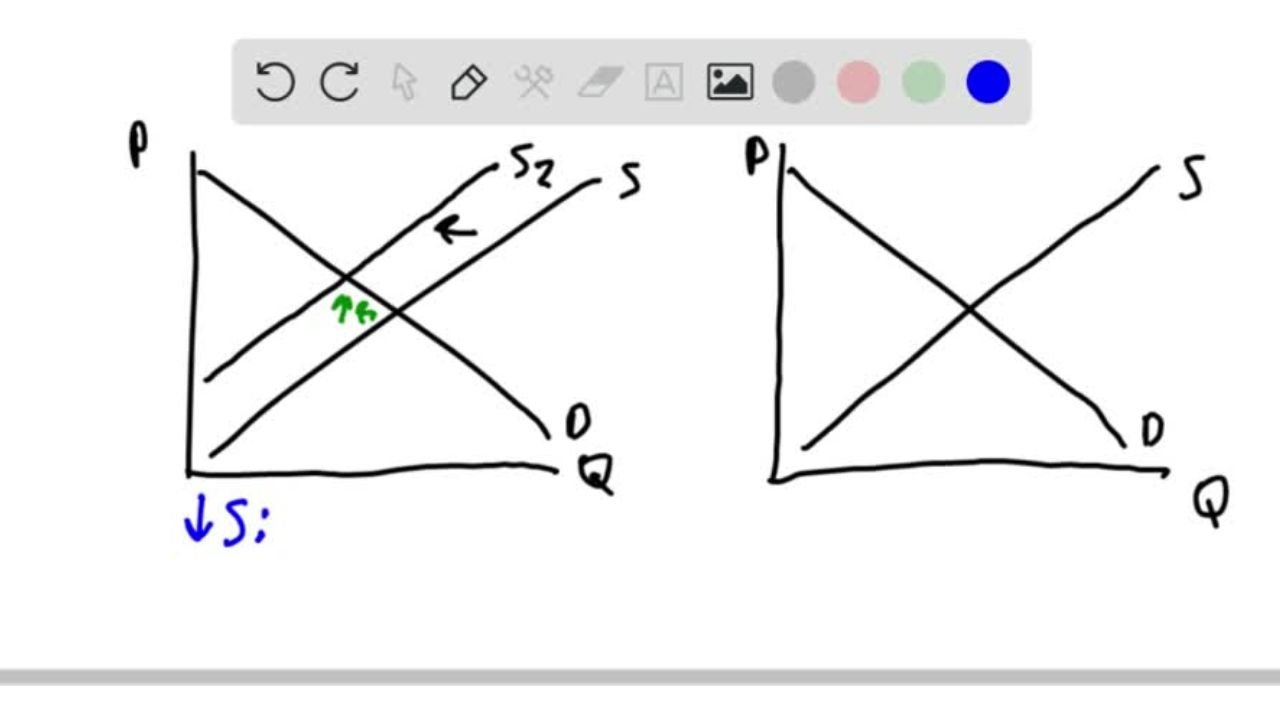The various languages are characterized by different sentence structures, which a Non-native learner has to master in order to speak and write the language. When you wish to know Arabic language, then take your time to study the sentence patterns peculiar to the language. Online Arabic course will assist you to learn the differences between Arabic and English patterns of sentence structure. The following are some of the differences in the structure of Arabic and English sentences:
The Meaning of Nominal and Verbal Sentences
There are two types of sentences in the Arabic language, nominal and verbal sentences. These types of sentences differ in their structure and represent the basis of verbal and written language. English learners of the Arabic language should realize the distinctions between nominal and verbal sentences. Learners ought not to translate Arabic and English sentences in the same structural form to eliminate errors.
English Verbal Sentences in English
The primary distinction between the English and the Arabic language is that English language contains verbal sentences whereas Arabic language contains both verbal and nominal sentences. English verbal sentences start with verbal fragments such as nouns, adjectives or adverbs. They are of the form S+V+O/C with S being the subject, V the verb, O the object and C the complement.
A verbal sentence has the subject as the performer of the action, which is normally recognized by the use of nouns or pronouns. It signifies a person or a thing which is a primary focus of a sentence. In English language, subjects are usually placed first in a sentence. They may be nouns, pronouns or noun phrases. A noun phrase includes a modifier and a noun.
In verbal sentences the word that conveys an action or state of being is the verb. Action verbs denote an action that the subject performs, will perform, or performed. The object is a person or a thing that is the receiver of the action of the verb. It indicates the object or receiver of the action of the subject. In case a sentence in English contains a complement, there will be a word or a series of words that will give more details about the object, in order to make the sentence complete.
Arabic Verbal Sentences in Arabic
The verbal sentence in the Arabic language may have a structure of S+V+O/C or V+O+S, which is determined by the purpose of the sentence. Even though the basic elements of such sentences are the same as in English, the word order may vary. Interrogative sentence is an Arabic sentence type whose word order is reversed.
The Arabic speakers can alter the order of words especially in stressing a specific portion of the sentence. The language gives you the liberty to emphasize your sentence by beginning with the subject or the object. Arabic language declarative sentences are V+O/C+S in structure. These are simple sentences which state facts and opinions. You will need to select a comprehensive Arabic language course for children, teenagers or adults to expose you to different sentence structures in the Arabic language.
Arabic Nominal Sentences
In Arabic, some sentences do not need the verb, and, that is why, those are called nominal sentences. They are built on the basis of the subject or topic and predicate or comment. The pattern of nominal sentences structure is S+I. S is the subject and I is the information that is contained in predicate or comment.
In nominal sentences the subject is made up of a noun or pronoun. The predicates or comments are called the information, and they can be a noun, an indefinite adjective, adverbs of time or place. It normally modifies a human or an object. Simple descriptions and statements in the Arabic language are stated in nominal sentences and form the basis of starting learners who wish to master the language.
Arabic Language Online
To know the special sentence structure patterns of the Arabic language is a must in comprehensive learning of the language. Being an English speaker who studies Arabic, you will have to grasp the differences in sentence structure as the two languages are different, and it would be easy to get confused. Through guidance and evaluation, you would be in a good position to understand the differences between the English and Arabic sentence structure. Select an online language course with all the facilities today and begin practicing the Arabic language.



